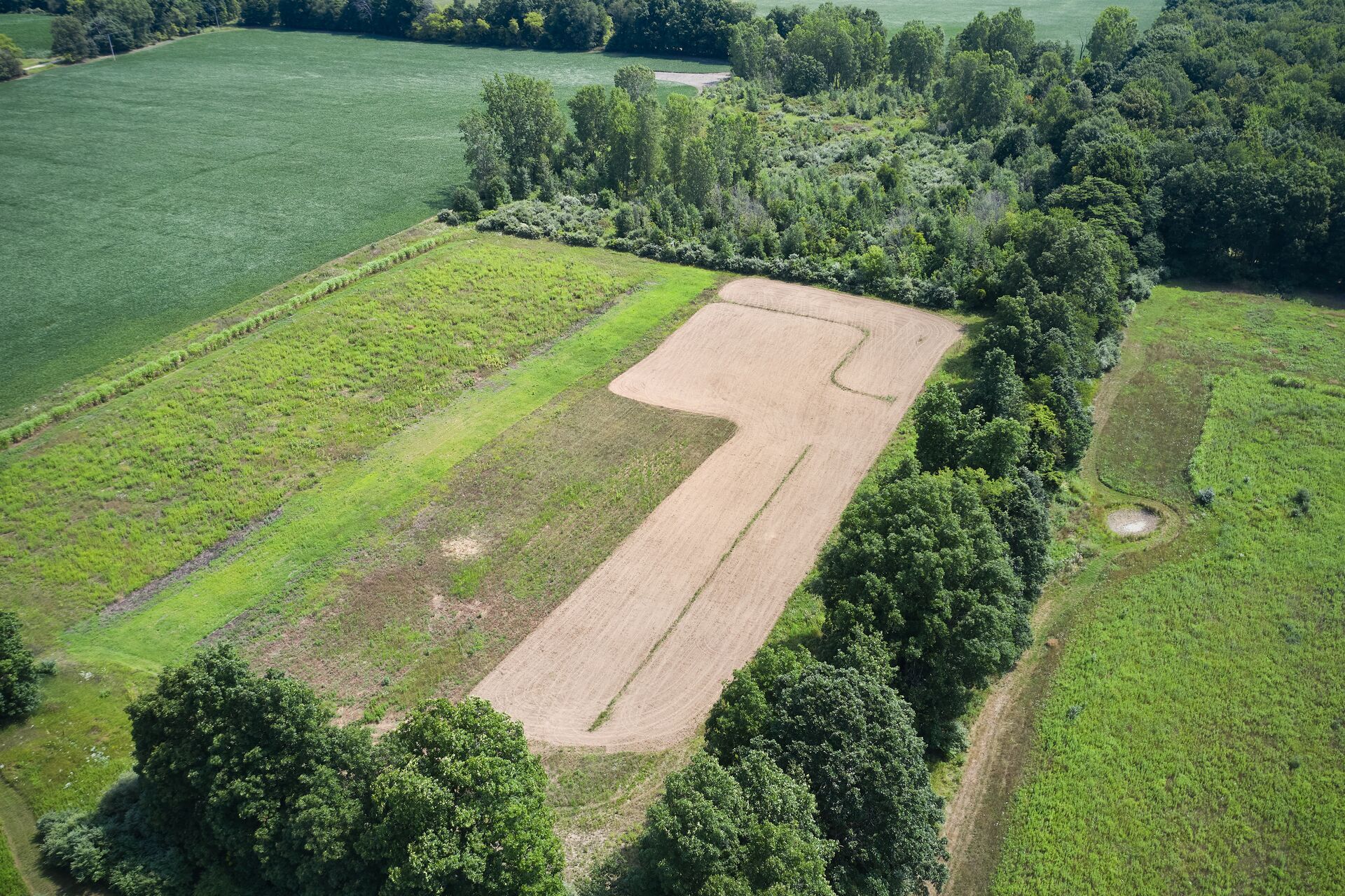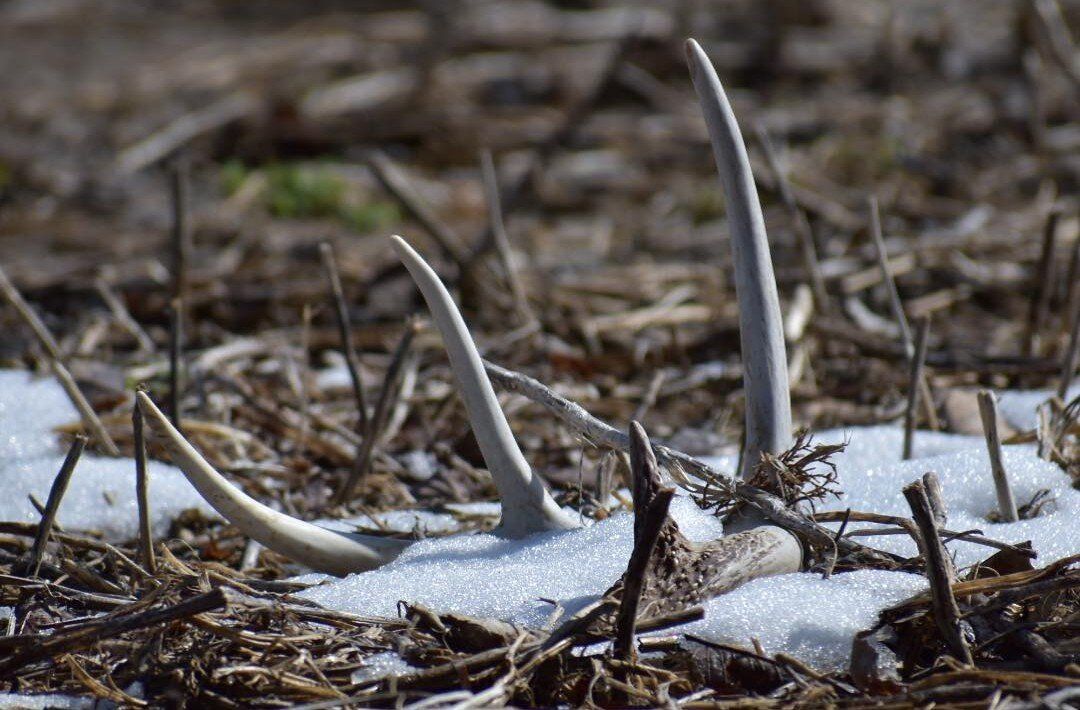Field Guide / Hunting Tips
8 Tips to Success When E-Scouting for Elk or Mule Deer
The better you prepare for a hunt, the more likely you will be successful. GPS technology and apps like HuntWise are changing the way hunters prepare for hunts in unknown territories. When you are about to embark on a backcountry big game hunt, e-scouting or digital scouting enables you to view the land you are about to hunt by using GPS and mapping layers.
Previous in Hunting Tips
More Content Like This
Shed Hunting 101: How (and Why) to Find Sheds
The early spring pastime of choice for hunters across the country, shed hunting gives thousands of whitetail hunters a new excuse to get outdoors. For many, exercising and experiencing the whitetail woods in the spring opens new insights into the whi...Read More
Read More
Trespassing and Private Land Hunting Laws: What Hunters Should Know
When it comes down to it, hunting is all about respect — respect for the wildlife, the natural environment, other hunters, and the varying ownership titles of the land. Understanding trespassing and private land hunting laws is a legal requirement an...Read More
Read More
Pre-Season Prep: Ticks and Permethrin Treated Clothing
Very few things will move a hunter out of their stand, blind, or from the woods when they're locked into a hunt with their eye on a big buck or scouting — but that small pest known as the tick can boot even the most dedicated hunter from his spot and...Read More
Read More Hunting Tips
Hunting TipsShed Hunting 101: How (and Why) to Find Sheds
The early spring pastime of choice for hunters across the country, shed hunting gives thousands of whitetail hunters a new excuse to get outdoors. For many, exercising and experiencing the whitetail woods in the spring opens new insights into the whi...Read More
Read More Hunting Tips
Hunting TipsTrespassing and Private Land Hunting Laws: What Hunters Should Know
When it comes down to it, hunting is all about respect — respect for the wildlife, the natural environment, other hunters, and the varying ownership titles of the land. Understanding trespassing and private land hunting laws is a legal requirement an...Read More
Read More Hunting Tips
Hunting TipsPre-Season Prep: Ticks and Permethrin Treated Clothing
Very few things will move a hunter out of their stand, blind, or from the woods when they're locked into a hunt with their eye on a big buck or scouting — but that small pest known as the tick can boot even the most dedicated hunter from his spot and...Read More
Read More
1 of 3